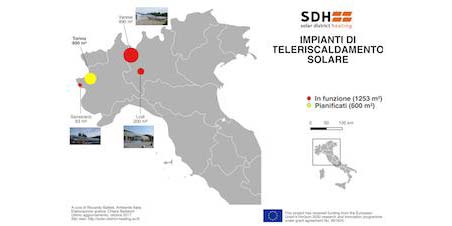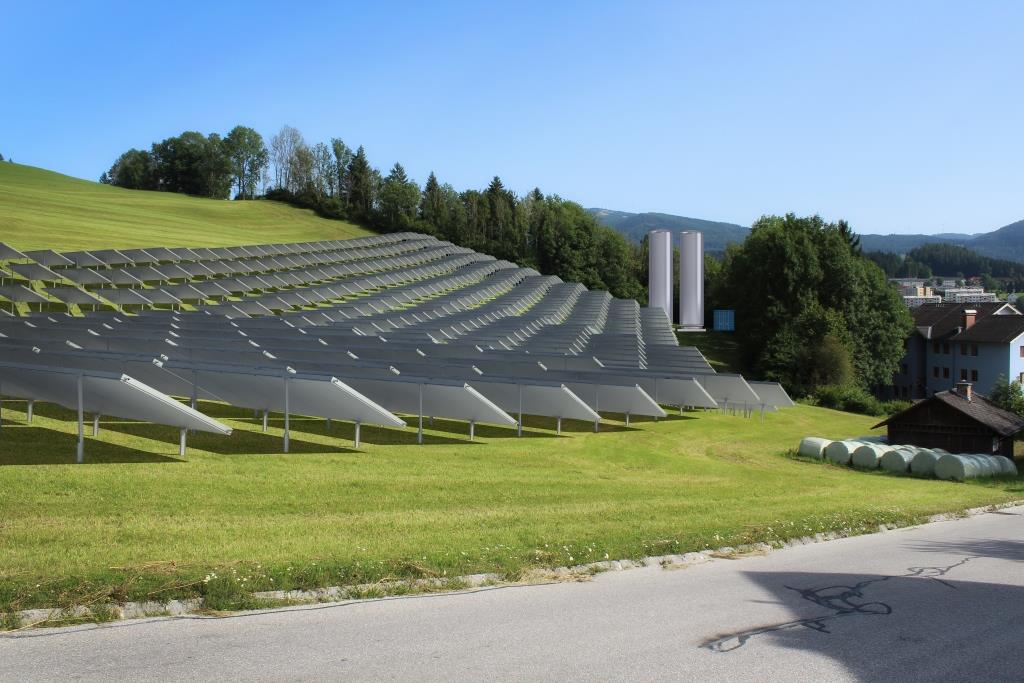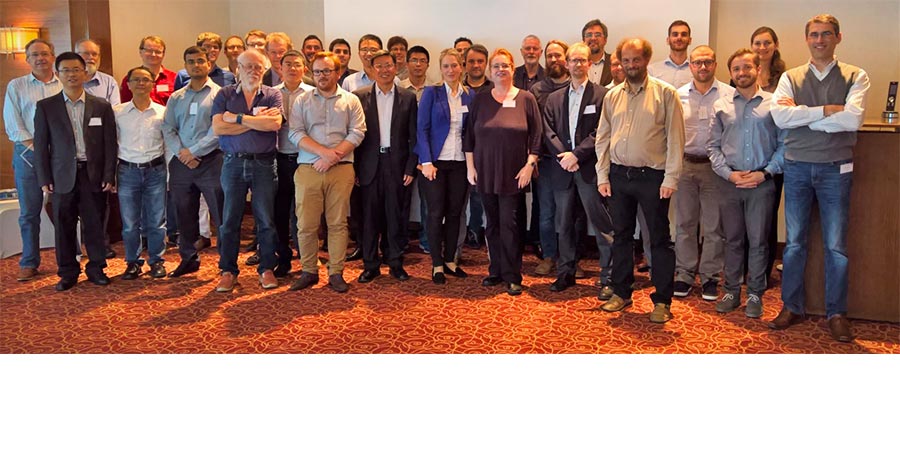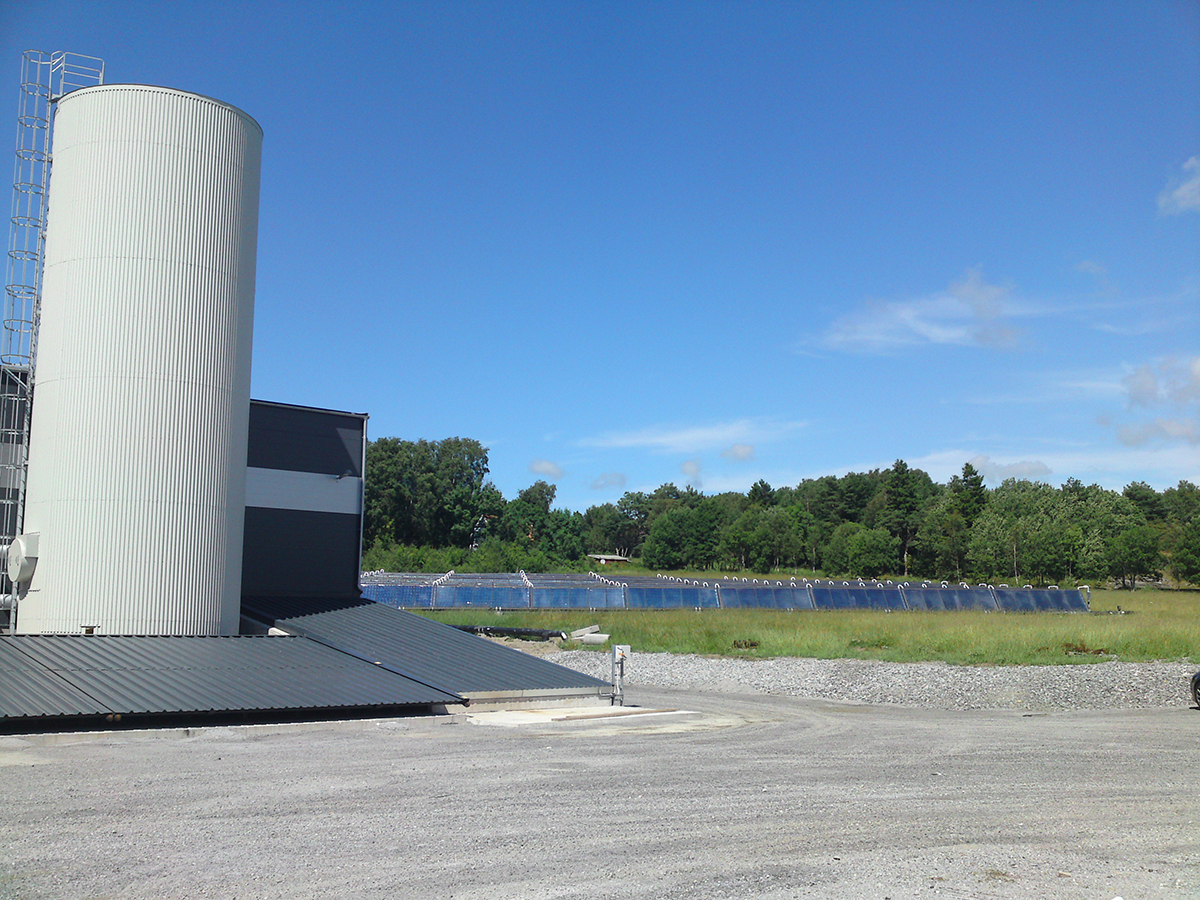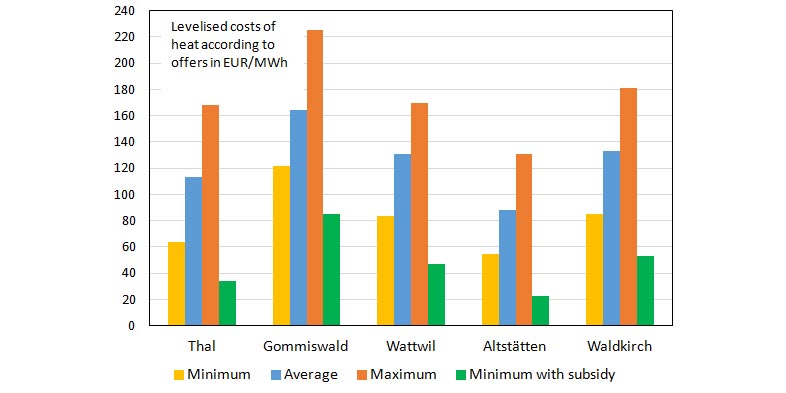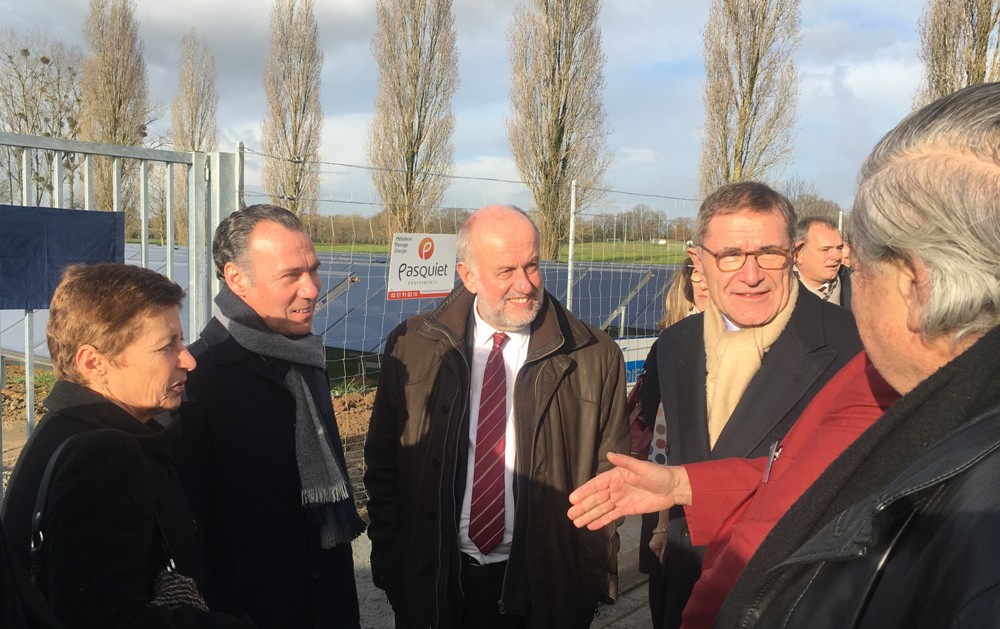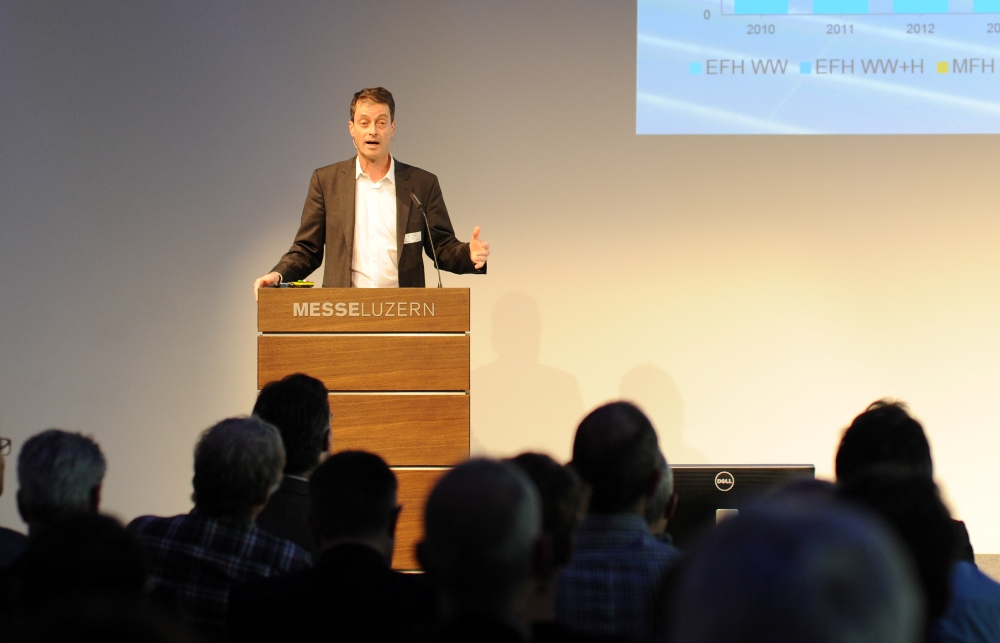HELIOS – a 2 000 m² Solar Plant for District Heating in Graz
Graz is making constant efforts to increase the share of renewable energy in the city’s district heating system. So the project ‘HELIOS’ in Graz with its 2 000 m² solar plant has been put into operation in September 2017. The thermal energy is fed into the district heating grid of Graz.
‘HELIOS’ has a 2 000 m² solar field which will be expanded to 10 000 m² at its final completion. The expected capacity at the moment is about 2,5 GWh. The plant is situated on a closed residual waste disposal site. For this reason, all solar pipelines are laid aboveground in order to be prepared for underground movements. An unpressurized aboveground storage tank holding 2 500 m³ offers the possibility of absorbing thermal power peaks. A landfill gas CHP unit with a capacity of about 120 kW (electrical) and 170 kW (thermal) is also part of the project. The electrical output is used for self-sufficiency and to run a Power-to-Heat unit. The plant is operated by ‘Energie Graz’. ‘HELIOS’ has received funding from the local state of Styria (approx. 1,17 Mio. €) and from the state of Austria, ‘K.L.I.E.N.’ (approx. 0,45 Mio €).

